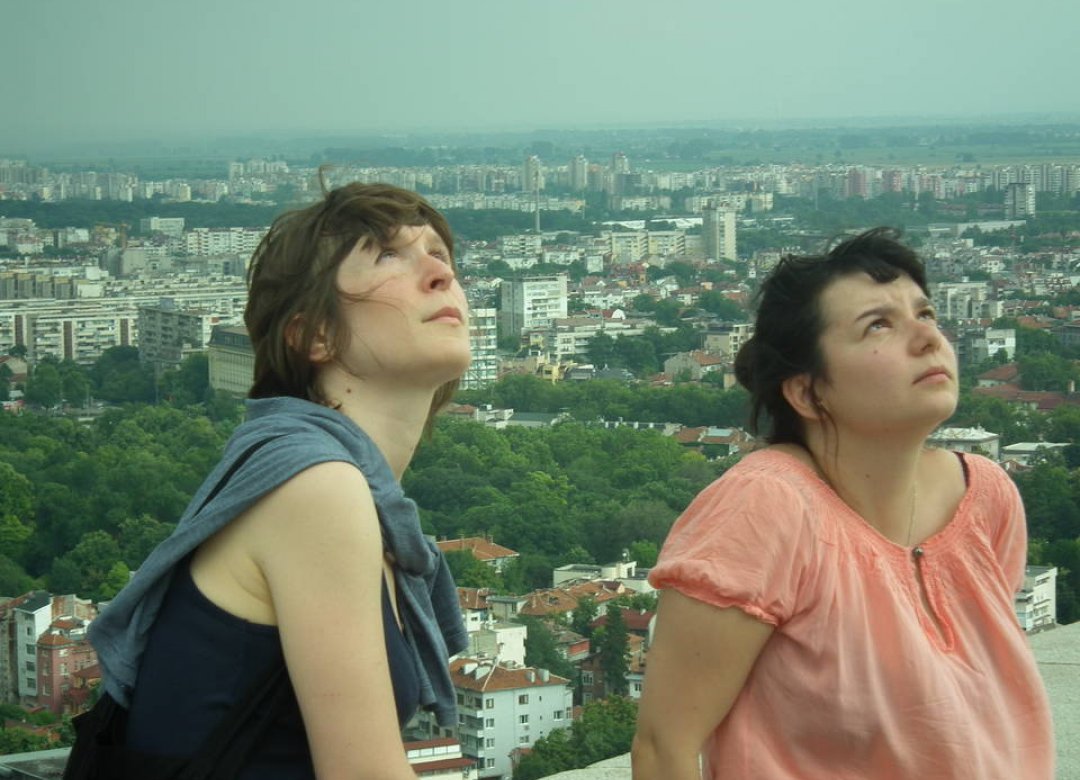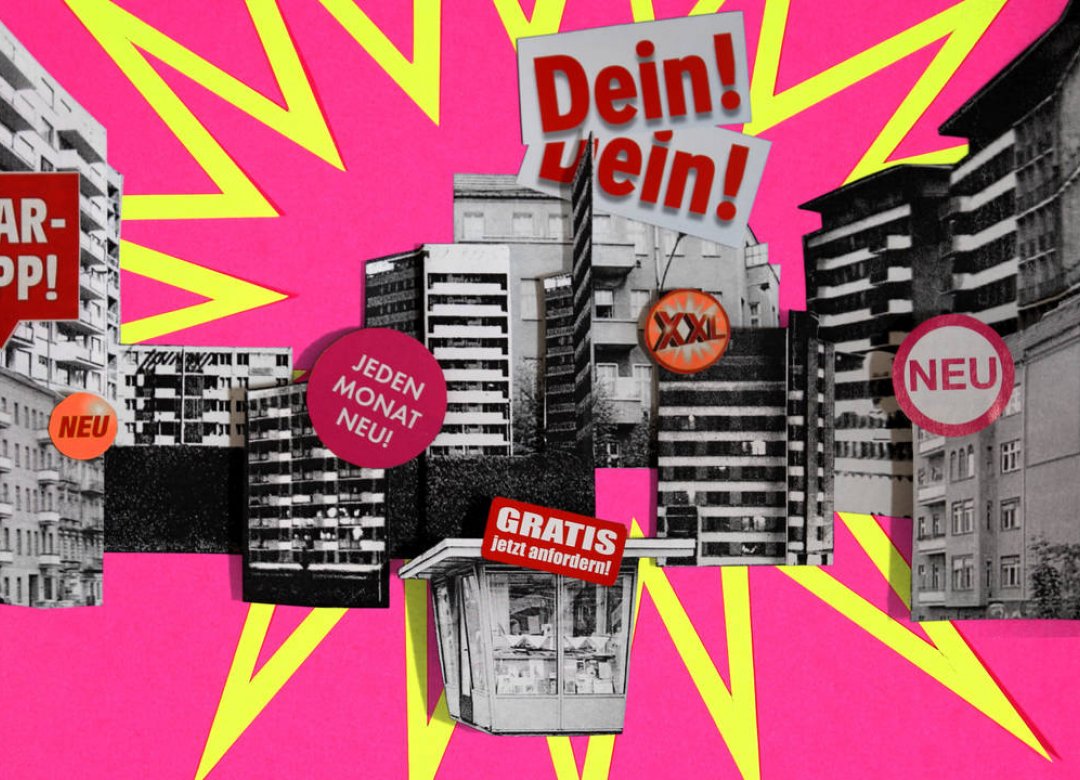Synopsis
Cosmonauts like Chewing Gum is a hybrid documentary that combines live action, archive footage and animation in a highly fictional manner.
While discovering how the past division of Europe has shaped their perception of life today, two artist friends set to find out their perfect place to be. Animation is their way to grasp the world around them, share and express ideas.
As a child in 1980’s West Berlin, Aline dreamt about life on the other side of the Wall where she believed people counted more than money and goods. Meanwhile in communist Bulgaria, Veselina was captivated by mythic stories of the capitalist West, where she thought people were always happy.
Aline knows that her view of the ‘East’ lacks a sense of realism but she can’t imagine how it was like to grow up under communism. In order to give her a deeper insight Veselina invites her to Bulgaria. Through following Veselina’s life, getting to know her family and friends, and visiting other creatives, Aline learns how the attempt to establish an ideal society led to loss of individual freedom and fear. Still, Aline feels Bulgarians hold values that she misses in her life. She insists that this has something to do with the different way she and Veselina were brought up.
Veselina was raised to despise communism and embrace Western ideals. She believes she has no future in Bulgaria because its dark history is still present. Through her visit in Germany, Veselina begins to perceive her outlook on life in Bulgaria from a different angle, reconciles her ideas about the West and starts to understand Aline’s viewpoint.
Throughout their journey, the two gather aspects of both cultures which they embrace. Their plan is to collect elements that can glimpse a vision of a new society model where they can feel respected and integrated as artists. In animation, they sketch out their personal Utopia. Soon in, their ideas take on very different forms and a heated discussion begins.
While discovering how the past division of Europe has shaped their perception of life today, two artist friends set to find out their perfect place to be. Animation is their way to grasp the world around them, share and express ideas.
As a child in 1980’s West Berlin, Aline dreamt about life on the other side of the Wall where she believed people counted more than money and goods. Meanwhile in communist Bulgaria, Veselina was captivated by mythic stories of the capitalist West, where she thought people were always happy.
Aline knows that her view of the ‘East’ lacks a sense of realism but she can’t imagine how it was like to grow up under communism. In order to give her a deeper insight Veselina invites her to Bulgaria. Through following Veselina’s life, getting to know her family and friends, and visiting other creatives, Aline learns how the attempt to establish an ideal society led to loss of individual freedom and fear. Still, Aline feels Bulgarians hold values that she misses in her life. She insists that this has something to do with the different way she and Veselina were brought up.
Veselina was raised to despise communism and embrace Western ideals. She believes she has no future in Bulgaria because its dark history is still present. Through her visit in Germany, Veselina begins to perceive her outlook on life in Bulgaria from a different angle, reconciles her ideas about the West and starts to understand Aline’s viewpoint.
Throughout their journey, the two gather aspects of both cultures which they embrace. Their plan is to collect elements that can glimpse a vision of a new society model where they can feel respected and integrated as artists. In animation, they sketch out their personal Utopia. Soon in, their ideas take on very different forms and a heated discussion begins.
Gallery


